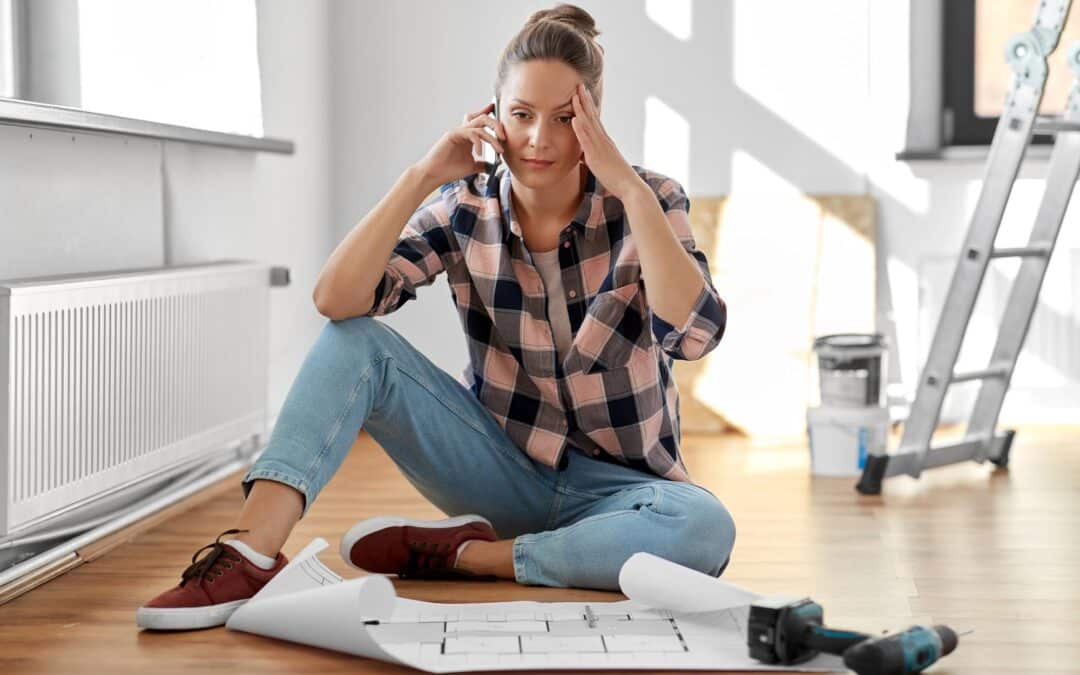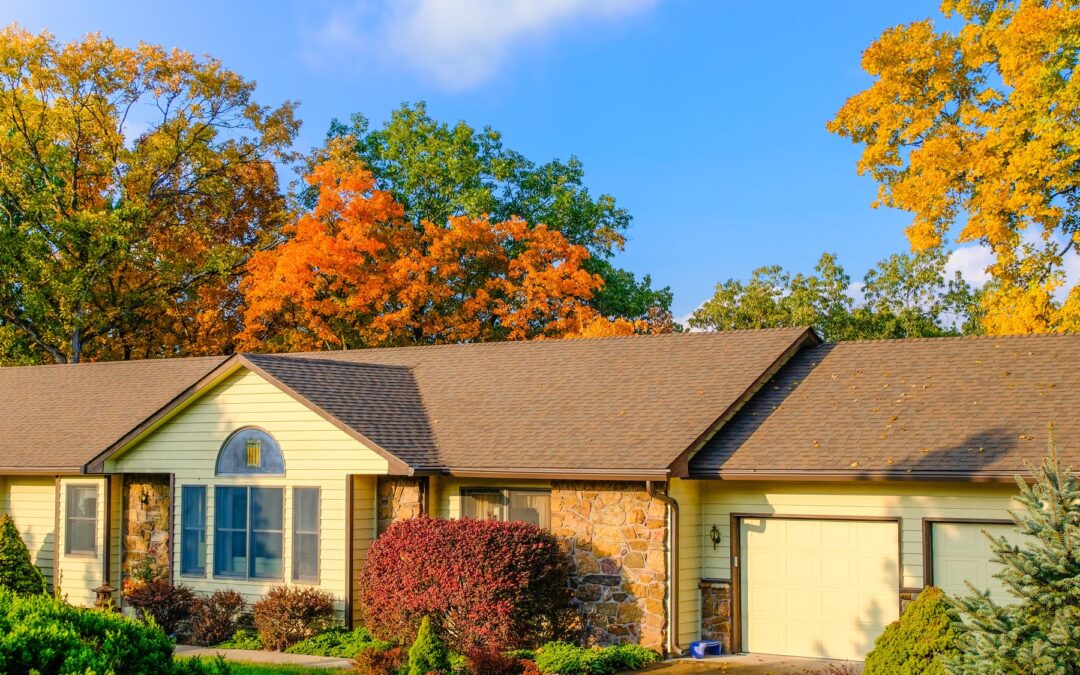Introduction
Choosing the best flooring for your home is a crucial decision that impacts both the aesthetics and functionality of your space. Whether you are renovating your current home or building a new one, the right flooring can make all the difference. In this guide, we will provide expert tips on selecting the perfect flooring for your needs, considering factors like durability, maintenance, and style.
Understanding Different Flooring Options
Hardwood Flooring
Hardwood flooring is a classic choice known for its durability and timeless appeal. It can enhance the value of your home and comes in various wood types such as oak, maple, and cherry. Hardwood floors are ideal for living rooms, dining areas, and bedrooms.
Pros:
- Long-lasting
- Can be refinished multiple times
- Adds value to your home
Cons:
- Can be expensive
- Susceptible to scratches and dents
- Requires regular maintenance
Laminate Flooring
Laminate flooring is a cost-effective alternative to hardwood. It mimics the appearance of wood, stone, or tile and is resistant to scratches and stains, making it perfect for high-traffic areas.
Pros:
- Affordable
- Easy to install
- Low maintenance
Cons:
- Not as durable as hardwood
- Cannot be refinished
- May feel less authentic underfoot
Tile Flooring
Tile flooring is versatile and comes in a variety of materials, including ceramic, porcelain, and natural stone. It’s highly durable and moisture-resistant, making it suitable for bathrooms, kitchens, and entryways.
Pros:
- Extremely durable
- Water-resistant
- Wide range of styles and colors
Cons:
- Cold underfoot
- Can be slippery when wet
- Requires regular grout maintenance
Carpet Flooring
Carpet provides a warm and cozy feel, making it a popular choice for bedrooms and living areas. It comes in various textures, colors, and patterns to suit any décor.
Pros:
- Soft and comfortable
- Insulates sound
- Wide variety of options
Cons:
- Prone to stains and dirt
- Requires regular cleaning
- May not be ideal for allergy sufferers
Vinyl Flooring
Vinyl flooring is a versatile and budget-friendly option that mimics the look of wood, stone, or tile. It’s durable, water-resistant, and easy to maintain, making it suitable for any room in the house.
Pros:
- Affordable
- Water-resistant
- Easy to install and maintain
Cons:
- Can dent or tear
- May fade over time
- Less eco-friendly
Factors to Consider When Choosing Flooring
Room Usage and Traffic
Consider the purpose of the room and the amount of foot traffic it receives. High-traffic areas like hallways and kitchens require durable flooring options like tile or laminate. For low-traffic areas such as bedrooms, carpet or hardwood might be more suitable.
Lifestyle and Household Needs
Your lifestyle and household needs play a significant role in choosing the best flooring for your home. Families with pets and children may prefer scratch-resistant and easy-to-clean options like laminate or vinyl. On the other hand, those seeking luxury and elegance might opt for hardwood or natural stone.
Climate and Environment
The climate in your area can affect the performance and longevity of your flooring. For instance, hardwood may expand and contract in humid conditions, while tile and vinyl are more stable. Consider local climate conditions when making your decision.
Budget
Budget is a critical factor in any home improvement project. While hardwood and natural stone offer premium aesthetics, they come with higher costs. Laminate, vinyl, and carpet provide budget-friendly alternatives without compromising on style.
Maintenance and Durability
Different flooring materials have varying maintenance requirements and durability levels. Hardwood requires regular refinishing, while tile and vinyl are low-maintenance. Choose flooring that aligns with your willingness and ability to maintain it.
Expert Tips for Choosing the Best Flooring
Assess Your Needs
Start by assessing your needs and preferences. Make a list of the qualities you want in your flooring, such as durability, ease of maintenance, and aesthetic appeal. This will help narrow down your options.
Consider Long-Term Costs
While the initial cost is important, also consider the long-term costs associated with maintenance and potential repairs. Investing in high-quality flooring upfront can save you money in the long run.
Get Samples
Always get samples of your top flooring choices and test them in your home. This will give you a better idea of how they look in different lighting conditions and how they feel underfoot.
Consult Professionals
Consulting with flooring professionals can provide valuable insights and recommendations based on your specific needs. Mayo Custom Carpentry offers expert advice and installation services to help you make the best choice.
Prioritize Comfort and Safety
Ensure that your chosen flooring provides comfort and safety, especially in areas where you spend a lot of time. Soft flooring like carpet is ideal for bedrooms, while slip-resistant tiles are perfect for bathrooms.
Conclusion
Choosing the best flooring for your home involves careful consideration of various factors, including room usage, lifestyle, climate, budget, and maintenance. By understanding the pros and cons of different flooring options and assessing your needs, you can make an informed decision that enhances both the beauty and functionality of your home.
For more expert advice and professional flooring installation, visit Mayo Custom Carpentry.
Additional Resources
- Home Flooring Pros: Choosing the Best Flooring
- Bob Vila: Types of Flooring
- The Spruce: Best Flooring Options
By following these tips, you can confidently choose the best flooring for your home that meets your needs and enhances your living space. Contact us today to schedule a consultation and discuss your flooring project in detail.





